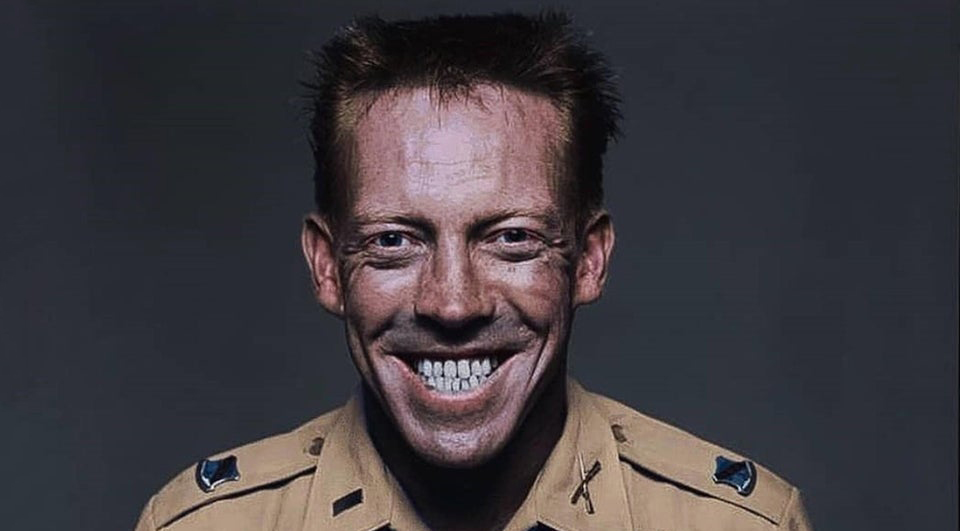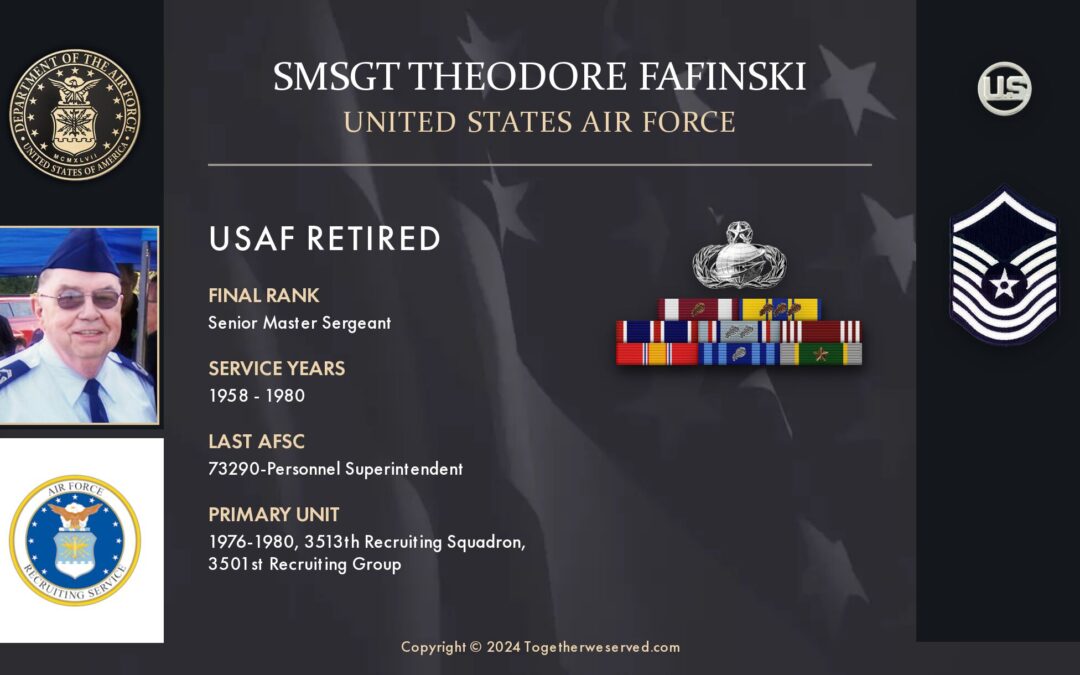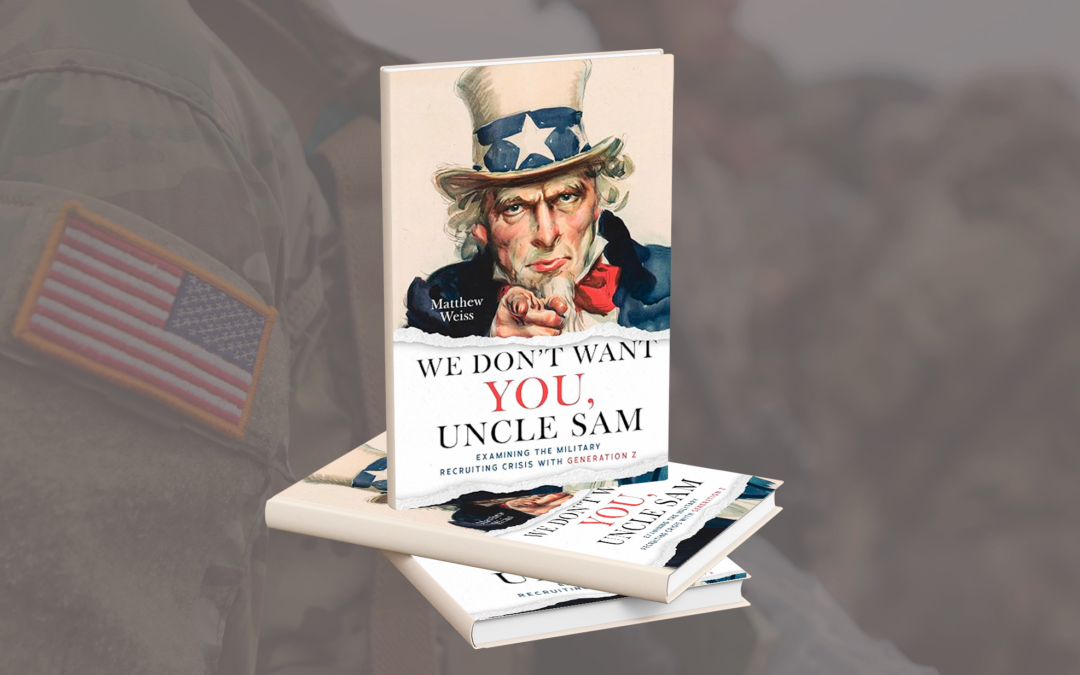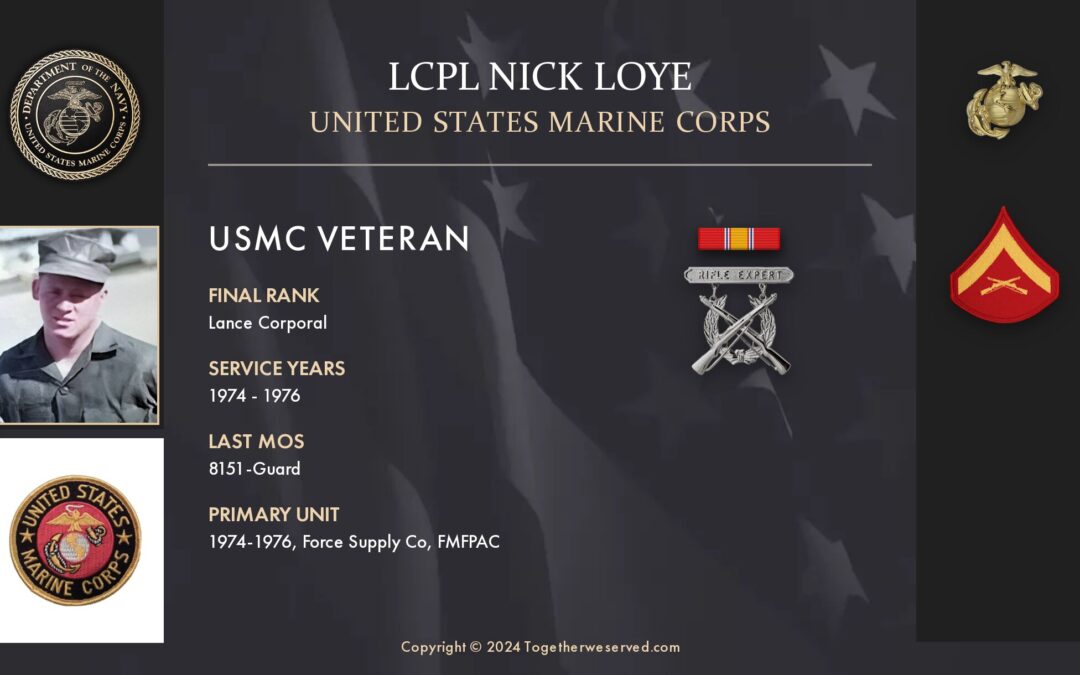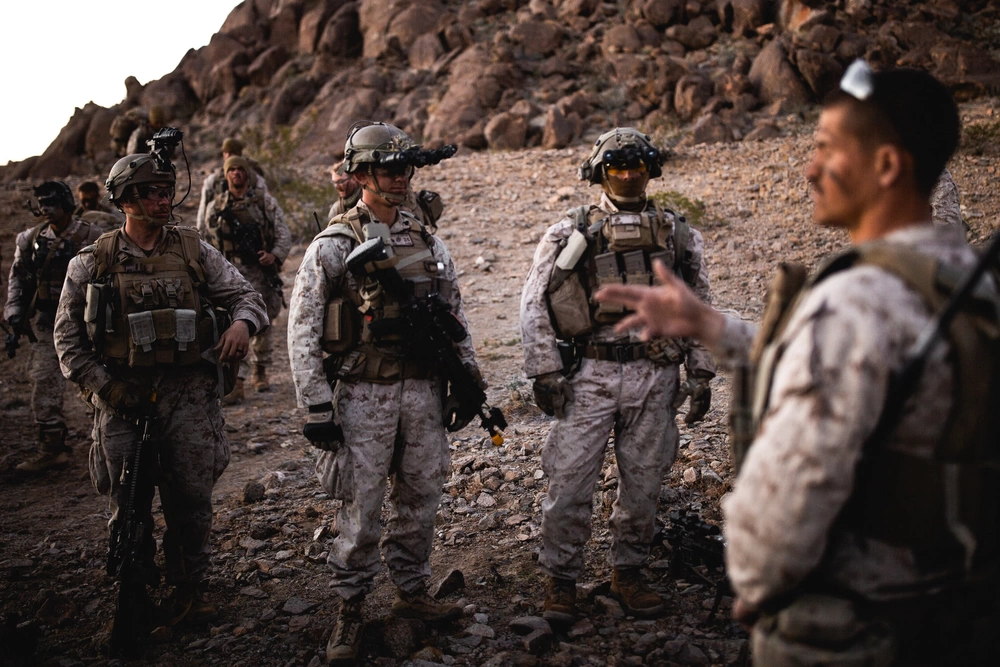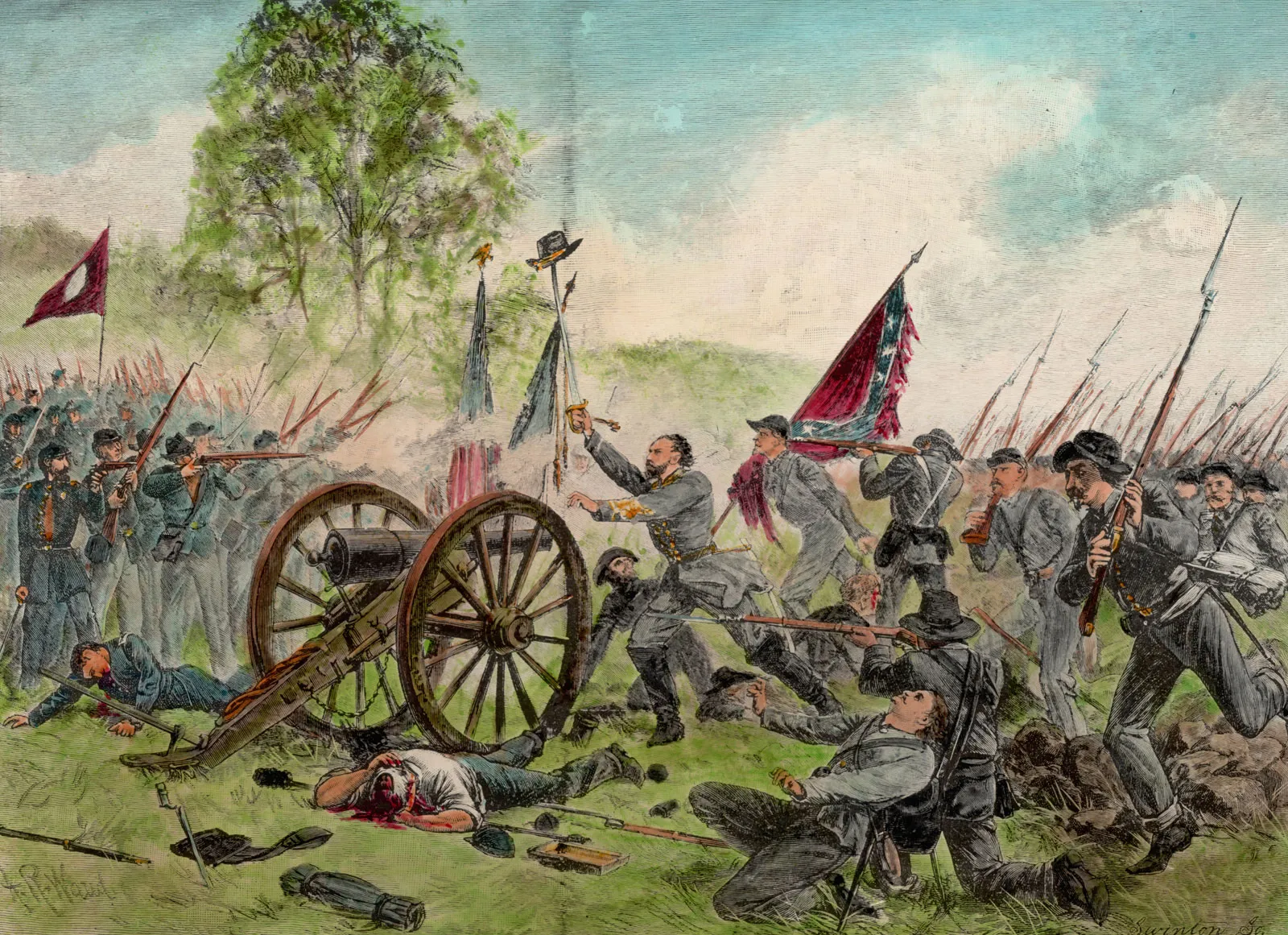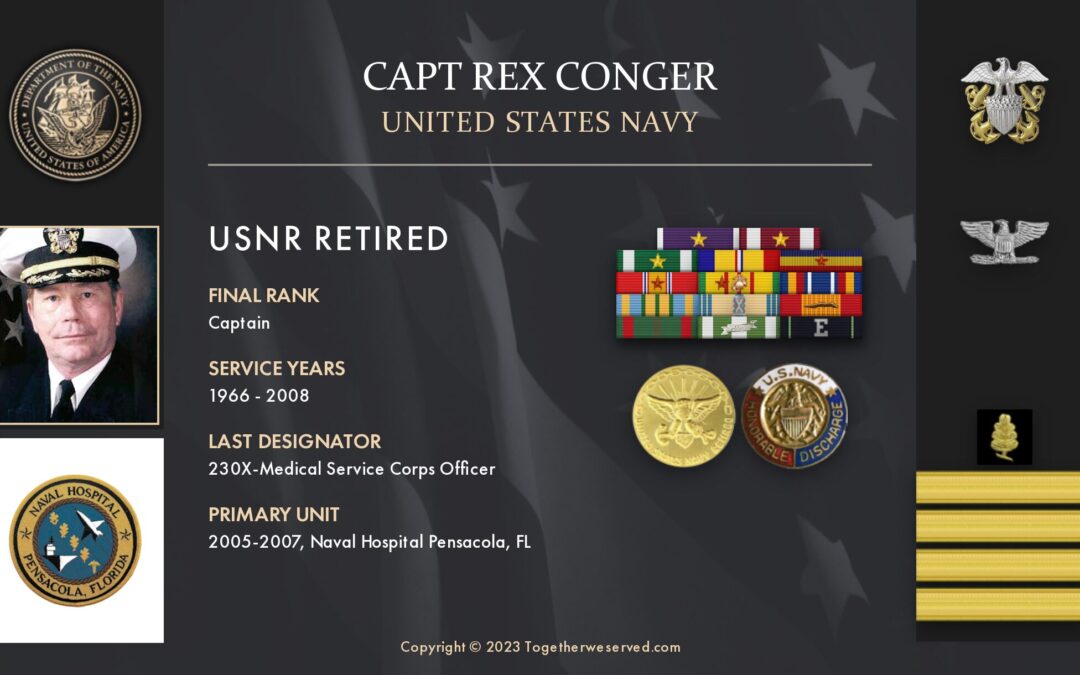Joe Ronnie Hooper had his share non-judicial punishments (authorized by Article 15 of UCMJ), racked up 115 confirmed kills and was awarded the Medal of Honor. He was also one of the most decorated soldiers in American international combat. Joe Hooper's Early Life Born in the summer of 1938 in South Carolina, Joe Ronnie Hooper was relocated as a child to Moses Lake, Washington where he attended Moses Lake High School. Originally a Navy man, Hooper first enlisted in December of 1956. After graduation from boot camp at San Diego, California he served as an Airman aboard USS Wasp (CV-18) and USS Hancock (CV-19). He was honorably discharged in July 1959, shortly after being advanced to Petty Officer Third Class. The next year, Hooper enlisted in the US Army as a Private First Class. After graduating Basic Training, he volunteered for Airborne School. From there he did tours of duty in Fort Bragg, Korea, and Fort Hood, eventually making his way to Fort Campbell's 101st Airborne Division....
